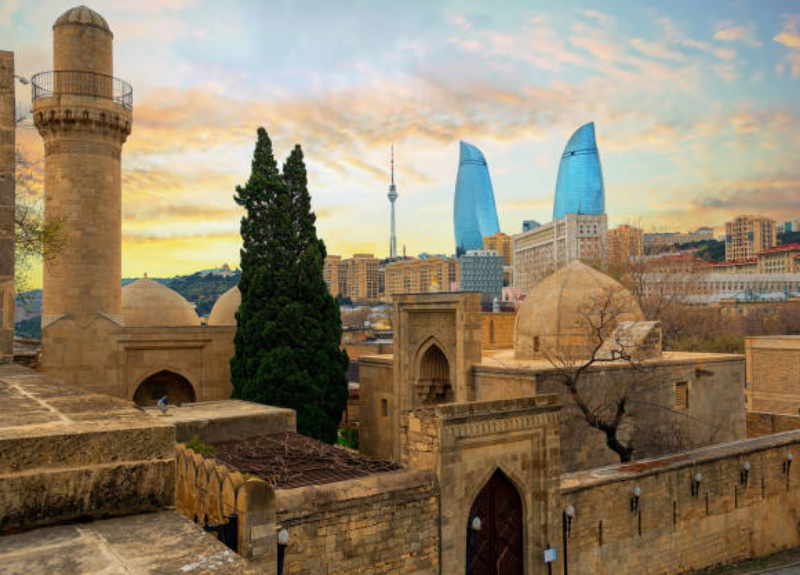
The history of the country of fire is a fascinating one. It is still somewhat like a scene from a fairy tale from 1001 nights with its mediaeval bazaars, caravanserais, mausoleums, palaces, and mosques. However, you can also see the modern contrast in this place. Due to the oil found here, Baku's metropolis was the richest city in the world circa 1900! Many exquisite villas from that era have survived and have recently been joined by new glass towers.
These are the most stunning places in Azerbaijan and we've collected lots of good reasons to travel to Azerbaijan. Here are some of the top attractions in Azerbaijan, to help you get planning.
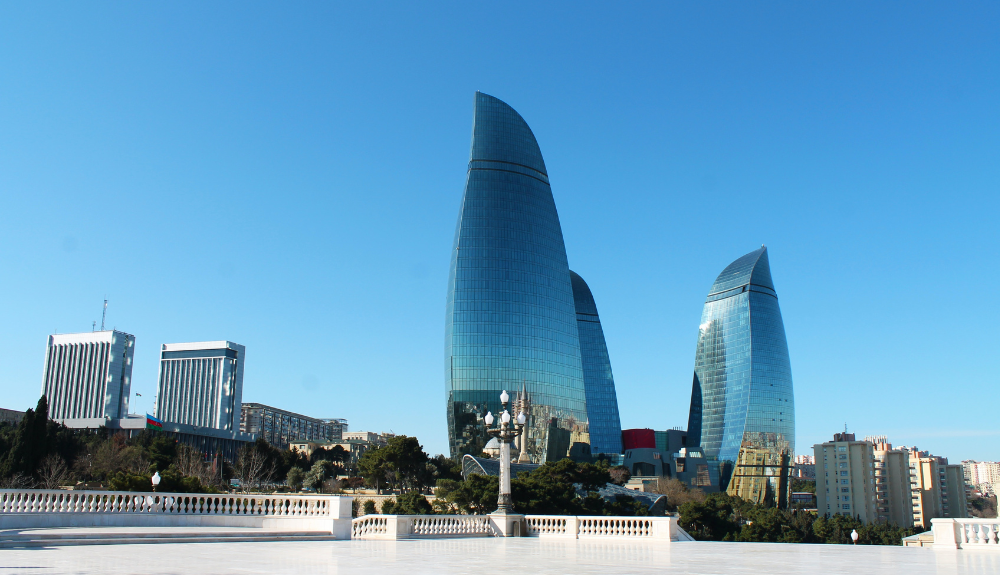
The nation's capital, Baku, is where Azerbaijan's heart beats. The Irvan?ah Palace, the Maiden's Tower, and the Marionette Theatre are just a few of the marvels that can be found in the lanes of the UNESCO-protected and entirely intact Islamic Old Town. The two million-person city's architectural diversity, which includes one-of-a-kind Art Nouveau mansions from the oil boom era, centuries-old mosques, spectacular Soviet structures, and contemporary glass palaces, is impressive.
The three glass flames, which are one of the newest attractions in Baku and the new national symbol for the Land of Fire, tower over everything. At night, they are lit up in the official colours of Azerbaijan.
In the City of Winds, there is much to do- Enjoy fine dining, go dancing, unwind in the hammam while listening to mugham music, stroll down the Bulwar, take a gondola through Little Venice, while enjoying the fun vibes of the area.
Heydar Aliyev Center
The magnificent Baku exposition centre, created by Zaha Hadid, features a number of excellent exhibitions and is a unique photographic subject. The permanent exhibition "Mini Azerbaijan," which has numerous painstakingly replicated tiny buildings from all throughout the nation is a must see. The facility is among the most significant cultural locations in the nation and was named after a former president of Azerbaijan.
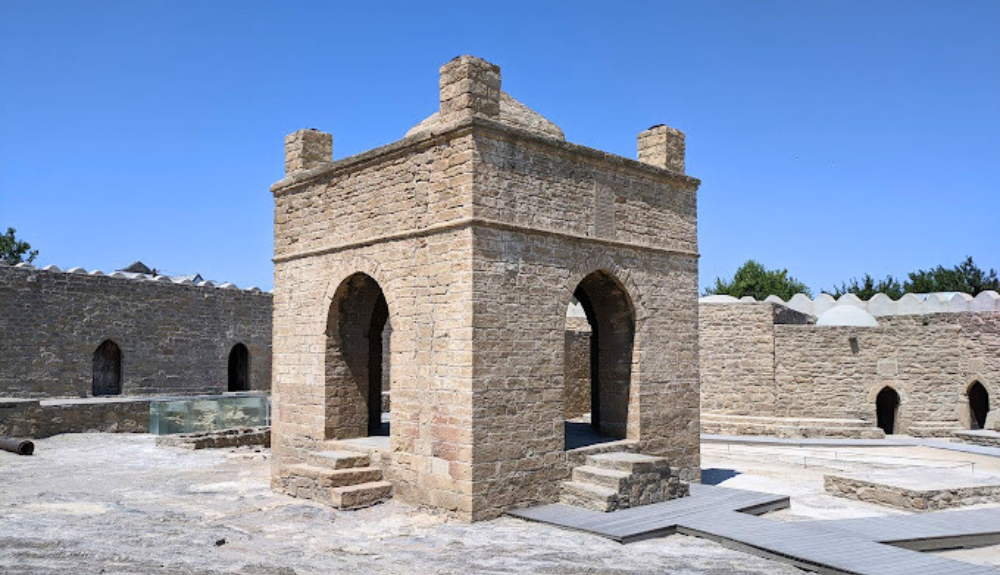
In addition to Baku, the Abseron Peninsula has a lot of intriguing things to offer. The 17th-century monastic complex that housed the Zoroastrian fire temple Ateshgah has just undergone restoration. Only Georgia and Iran have temples even barely comparable to this. A side excursion is absolutely worthwhile to view Yanar Dar, a natural gas fire that has been burning on the side of a hill since ancient times. In the land of fire (where "azer" means fire), fire is a symbol of brightness, warmth, and protection from evil spirits.
The 500-hectare Qobustan National Park is surrounded by roiling mud volcanoes, and in the middle of it rises Beyukdash Mountain, a rocky plateau covered in 6,000 Stone Age petroglyphs. The petroglyphs, or filigree line paintings, which are located 70 km southwest of Baku and some of them are 5,000 years old, have been a UNESCO World Heritage Site since 2007. In the 1930s, they were initially found. There are enlarged versions of the drawings and more explanations in the nearby "rock of ages'' museum. We advise making a stop at the Bibi Heybat oil field on the way back to Baku, which served as the setting for the James Bond movie "The World Is Not Enough".
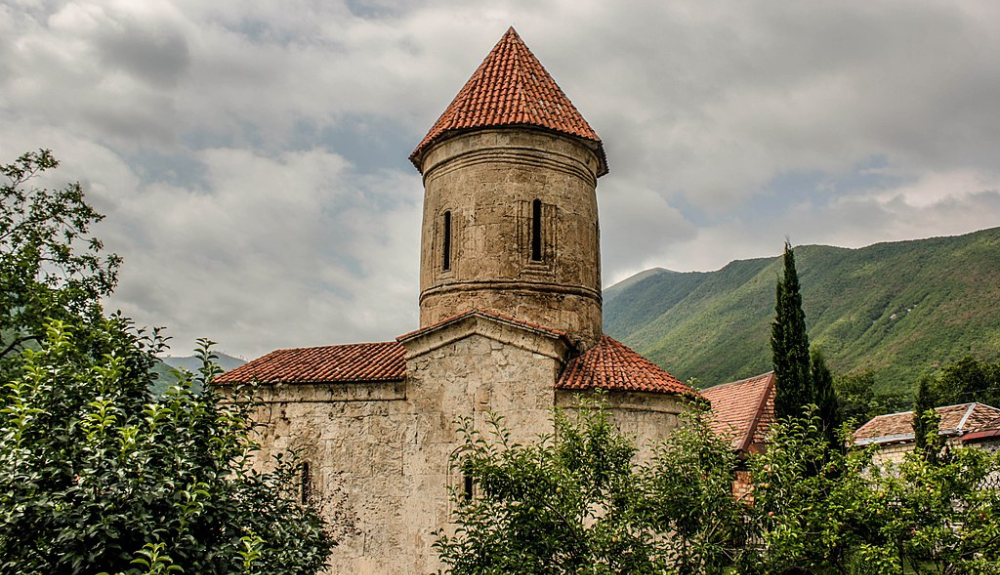
The gorgeous 2000-year-old village of Ki, lies on the Georgian side of the Great Caucasus, and is home to the UNESCO-protected Khan Palace and three mysterious caravanserais from the 18th and 19th century, one of which is now a hotel. It was formerly the biggest silk factory in the USSR, and it's still in business today, giving tourists a peek into behind the scene operations and authentic souvenirs. The vivid hues of the so-called Schebeke windows, whose coloured glass mosaics are kept together by wooden struts, can be fully experienced by tourists taking a palace tour. Murano glass, which was originally used, was traded for silver and spices along the Silk Road. German glass is used nowadays.
The expansive valleys of Azerbaijan's second largest city, which is easily accessible by night train, are known for their vineyards and silkworm cultivation. The more than two-hundred-year-old city served as a significant commerce hub and was home to the poet Nizami, who is globally admired and whose memory is honoured by a marble monument. Some old German communities still exist here and can be explored at length. Swabian Pietists created the winegrowers' cooperative "Konkordija" in 1920. In Kedabag, you may trace the steps of the Siemens brothers, who promoted copper mining and constructed aqueducts there. Learn about the history of the region with guided tours that are available here. Wellness oases nearby offer an opportunity to enjoy oil baths, whose curative properties were originally mentioned by Marco Polo. The sophisticated spa named, Naftalan, from the Russian word for oil, is an ode to this.
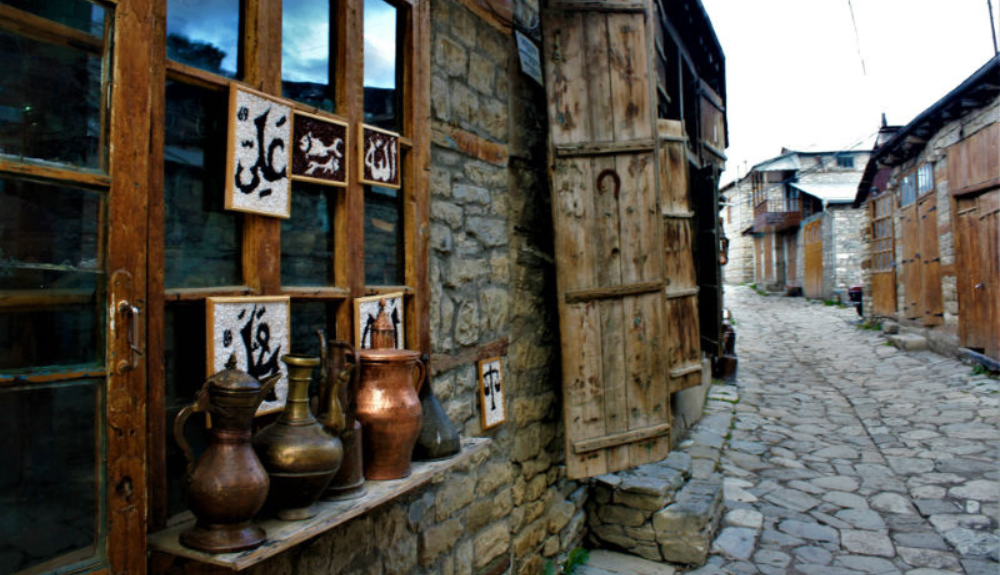
Lahic, a small mountain settlement in northwest Azerbaijan, is located at a height of little under 1400 metres. Jugs and samovars are still produced by its coppersmiths, who are renowned for their craft. Weapons and jewellery were also shipped from Lahic to the bazaars along the Silk Road in ancient times, in addition to the vessels manufactured there.
A well-built road has been in place since 2018, and its plains with castle ruins and waterfalls make it a great for trekking or by horseback tours. Ivanovka, a former village of collective farms, is worth the detour. Honey is also produced here.
Tea and tropical fruits flourish in plantations that spread to the horizon in the subtropical environment of southern Azerbaijan, near the coast of the Caspian Sea. However, the Talas region near the Iranian border also produces a lot of silk and carpets.
Lagoons with flamingos, unspoiled steppe landscapes, and the Hirkan National Park, where there are still authentic primitive forests and 150 different types of woody plants to be observed, are all attractions of this region. The Caucasian leopard, which dwells in a different area of the park, is only occasionally spotted.
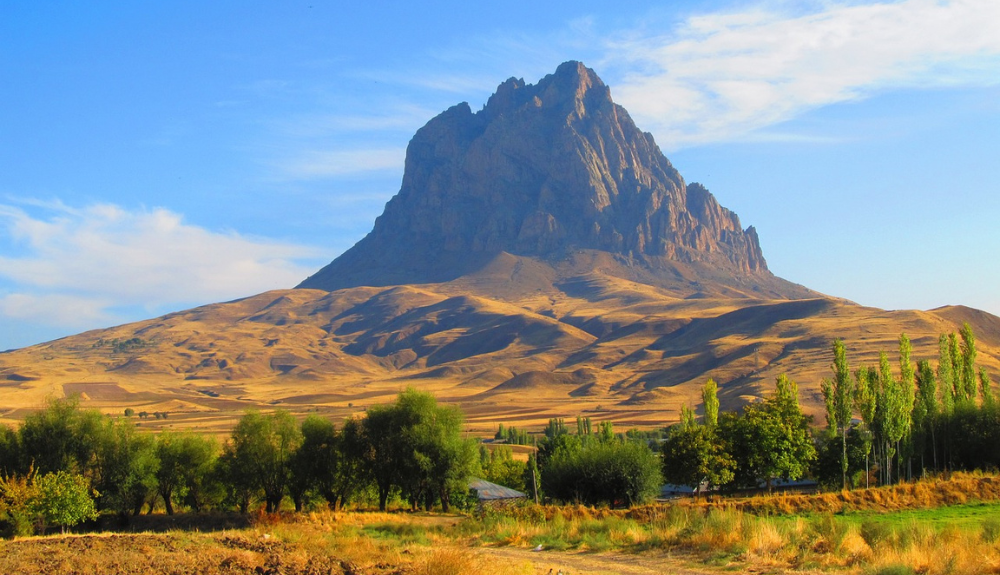
The time runs differently in the Autonomous Republic of Nakhchivan in the west of the nation. It's referred to as the "Switzerland of Azerbaijan" by locals. The breathtakingly picturesque alpine enclave,in what was captioned by Lonely Planet as "the world's most sustainable nation," is a virtually undiscovered treasure.
The "Machu Picchu" of Eurasia, the Tomb of Noah, and the world's oldest salt mine are all located in the region between Ararat and Ordubad. The sun still beams here even in winter in Baku. 2018 saw Nakhchivan City, the nation's capital, serve as the Islamic Cultural Capital. In order to make it feasible to get there directly from Baku in the future, the train route is now being revived.
The most well-known coastal resort in Azerbaijan is a good place to unwind, particularly during the week. The Caspian Sea allows swimming but not surfing. For that, the waves are not high enough. The 30-kilometre-long but somewhat narrow beach in this area blends into deep woodlands, along the nearby 11,000-hectare Samur-Yalama National Park.
In this part of Azerbaijan, hiking is also a lot of fun. There are designated and authorised hiking trails available in the area. Azerbaijan is concentrating on ecotourism in the long run and has plans to turn 11% of its landmass into national parks in this regard.